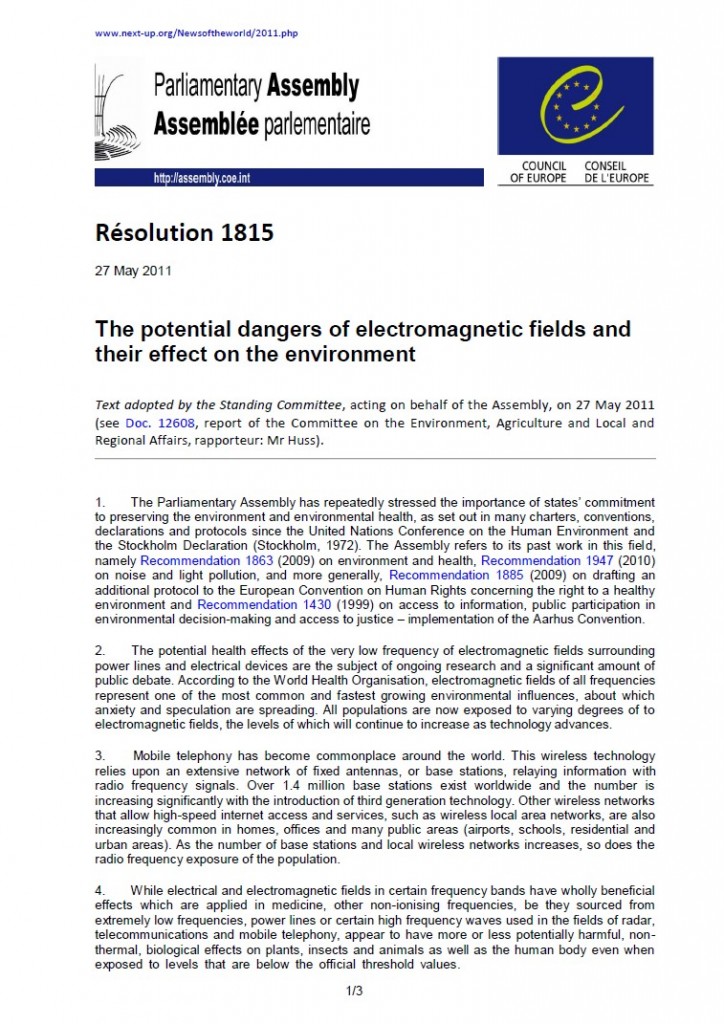Portada del sitio > Estudios Científicos > Mobile phone use, school electromagnetic field levels and related symptoms: (...)

Mobile phone use, school electromagnetic field levels and related symptoms: a cross-sectional survey among 2150 high school students in Izmir
Martes 6 de junio de 2017 · 6824 lecturas
Mobile phone use, school electromagnetic field levels and related symptoms: a cross-sectional survey among 2150 high school students in Izmir
Raika DurusoyEmail author,
Hür Hassoy,
Ahmet Özkurt and
Ali Osman Karababa
Environmental Health201716:51
DOI: 10.1186/s12940-017-0257-x
© The Author(s). 2017
Abstract
Background
Health outcomes of electromagnetic fields (EMF) from mobile phones and their base stations are of concern. Conducting multidisciplinary research, targeting children and exploring dose-response are recommended. Our objectives were to describe the mobile phone usage characteristics of high school students and to explore the association between mobile phone usage characteristics, high school EMF levels and self-reported symptoms.
Methods
This cross-sectional study’s data were collected by a survey questionnaire and by measuring school EMF levels between November 2009 and April 2011. A sample size of 2530 was calculated from a total of 20,493 students in 26 high schools and 2150 (85.0%) were included in the analysis. The frequencies of 23 symptoms were questioned and analysed according to 16 different aspects of mobile phone use and school EMF levels, exploring also dose-response. School EMF levels were measured with Aaronia Spectran HF-4060 device. Chi square and trend tests were used for univariate and logistic regression was used for multivariate analyses.
Results
Among participants, 2021 (94.0%) were using mobile phones and 129 (6.0%) were not. Among users, 49.4% were speaking <10 min and 52.2% were sending/receiving 75 or more messages per day. Headache, fatigue and sleep disturbances were observed respectively 1.90 (95% CI 1.30–2.77), 1.78 (1.21–2.63) and 1.53 (1.05–2.21) times more among mobile phone users. Dose-response relationships were observed especially for the number of calls per day, total duration of calls per day, total number of text messages per day, position and status of mobile phone at night and making calls while charging as exposures and headache, concentration difficulties, fatigue and sleep disturbances as general symptoms and warming of the ear and flushing as local symptoms.
Conclusions
We found an association between mobile phone use and especially headache, concentration difficulties, fatigue, sleep disturbances and warming of the ear showing also dose-response. We have found limited associations between vicinity to base stations and some general symptoms; however, we did not find any association with school EMF levels. Decreasing the numbers of calls and messages, decreasing the duration of calls, using earphones, keeping the phone away from the head and body and similar precautions might decrease the frequencies or prevalence of the symptoms.







